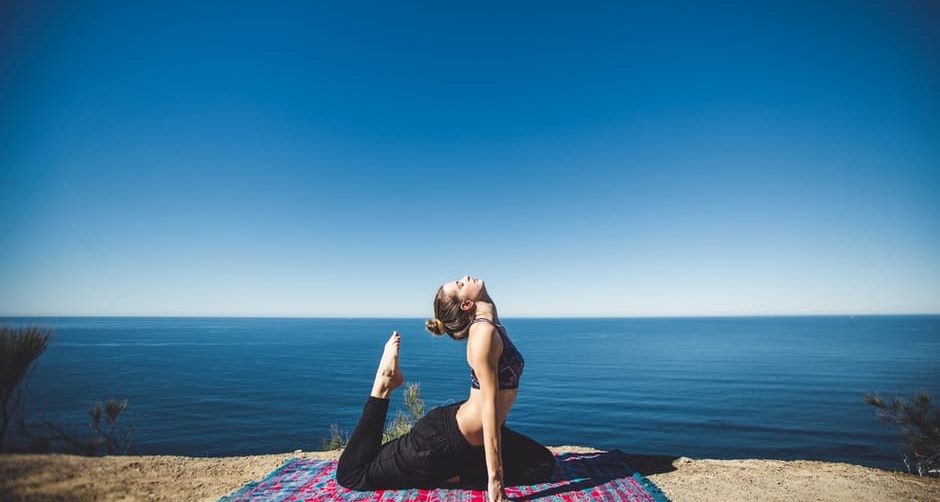You’re in the back of the cardio – funk class, fingers clawing in the air, choking for breath, fed up with G – string leotards and feeling rhythmless, when the epiphany comes: Your mind/body/soul deserves more. More precision. More peace. Your endorphins need a longer shelf life.
Your thoughts leap to yoga. You’ve seen those lean, flexible bodies and radiant faces, heard the litany of benefits – increased flexibility, coordination, circulation, even victory over fatigue. Yet patchouli oil was never your scent. Worse, yoga seems to be getting more popular and more complex at the same time. Madonna, movie stars and the advertising and the advertising executive upstairs do it. But when you ask your pretzeled pals for advice on getting started, they smile beatifically and explain that there are at least eight disciplines with thousand – year – old lineages, not to mention an ever – growing cabal of spranking – new aerobicized styles that require elite cardio capacity.
How to choose? Assume the corpse pose, let the tension drain, exhale through your nose and keep reading. The truth is that most yoga styles share a spiritual basis; physicality and time spent meditating vary. Hatha yoga, the daddy – o of American methods, is the umbrella over all styles involving poses, or arsanas (yoga also involves abstinence, vegetarianism and selfless service – we won’t explore that there). Its aim is to create a mind/body/ spirit connection using breath as the bridge. Hatha styles range from relaxing to high aerobic, but even “softer” styles may offer advanced classes that could stun a novice. The determine factor is your goal: Decide whether you’re after a tip – top body, stress reduction or upper strata enlightenment, then select your Hatha style the following.
Ashtanga Yoga
Ashtanga Yoga has the hit – the – ground – running, Thoroughbred racing of Hatha styles, designed in ancient times of young warrior lads to hone their strength and stamina. Best suited for someone who has buckets of energy and seeks physical challenge. Ashtanga presents of series of postures in a continuous flow. Beginners and the injured beware: Ashtanga often has a competitive edge that can leave you sore for days.

Bikram Yoga
Bikram Yoga, sometimes referred to as “Yoga to the stars”, has developed his own style suited suited to pragmatic people with any kind of body (although many dances and athletes are devout followers). Stripped down to a technique of 26 postures and balances, Bikram yoga is performed at a room temperature of 100 – 105 degrees to warm muscles and encourage the flushing of toxins. Dress light, bring water and . . . an autograph book?

Contact Yoga
Contact Yoga, popularized by guru – to – the – glitterati Ken Scott Nateshvar, means just that: creating one asana with two people. Thrilling for advanced practitioners bored with the same old solo style, contact poses require tremendous control (one partner sitting lutos – style on the other’s up – stretched feet, for example) and balance. Beginners can take an introductory course – or simply dust off their old Twister mat and breathe in sync.
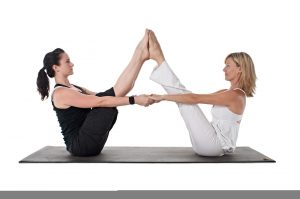
Iyengar Yoga
Iyengar is great for the detail – oriented, conscientious soul who wants a slower pace to build strength and alignment through posture that emphasize technique. Neither aerobic nor esoteric, It’s one of most popular styles in America. If you can’t complete a pose, an instructor will accommodate your physical limitations with props – blocks, belt, blankets and chairs. Once you’re trained with this much precision, other Hatha styles may feel reckless.
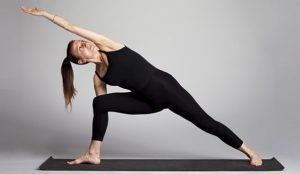
Jivamukti
Jivamukti is a method squarely in the middle of the spectrum – equally physically and spiritually challenging. Along with an Ashtanga – style pace ( contortionist, sweaty, approaching aerobics), spiritual teachings are woven into class to “remystify” the practice. Jivamukti students might find themselves meditating or practicing Sun Salutations next to luminaries like Sting, omming to the musical stylings of the Beatles.
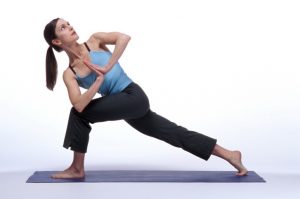
Kripalu Yoga
Kripalu Yoga is a tad more esoteric and New Age than other styles. In its third and deepest stage it offers internally directed classes where you initiate your own movement, spontaneously performing postures. Light on the physical; big on prana, or life force.
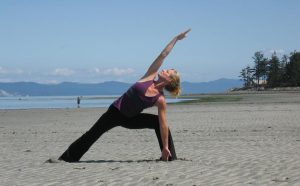
Kundalini
Kundalini, or “yoga of awareness,” is perhaps the least physical and most esoteric for the beginner. You will stretch, breathe, chant, meditate and let “sound current” deliver you to a stunning state of therapeutic rejuvenation that claims to realign the more elusive innards ( nervous, immune and glandular systems; metabolism; even chakras). “The beauty of Kundalini,” said Guru Singh when I admitted crying during a trail class, “is that you can unburden all these emotions without saying a word.”
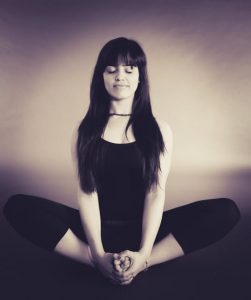
Power Yoga
Power Yoga, Yogaerobics, Flow Yoga and Dynamic Yoga are gym – friendly terms coined to let you know that you’ll sweat. None of these titles are trademarked, and there’s really no way of knowing what you’ll get unless you ask for your instructor’s credentials, Still, muscling your way through yoga may negate its spiritual benefits: at the terminally hip Crunch Fitness in Los Angeles, beefy dudes enjoy stretches, more that you do in a fishbowl studio in the middle of the weight room; only a serious yogi could, as our teacher urged, “let go of one’s ego.”
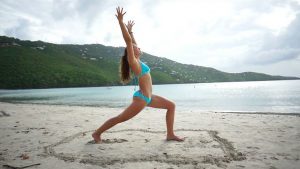
Sivananda
Sivananda and Integral styles are deeply dedicated to holism, placing a classic yogic routine into the broader call for positive thinking and vegetarian diet ( the body should be easeful, the mind peaceful and the life useful, adherents say). Dedicated practitioners may retreat to ashrams, or spiritual communities, to get a healthy dose of omming and mind/body/spirit toning.
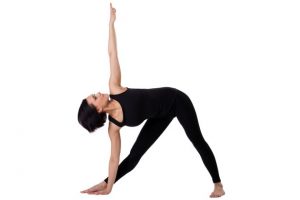
Viniyoga Yoga
Viniyoga’s goal is getting you to feel sthirasukha, or comfortable or steady. Rather than aiming for an idealized posture, Viniyoga focuses on individual’s body by adjusting each pose to your needs (rather than using props as with Iyengar). Its great for beginners , the infirm or those craving a nurturing teacher to midwife their every move.
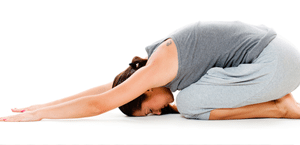
Choosing a teacher There’s no uniform certification program, but if you are interested in one style – Sivananda, for example – most methods do require certification and years of training. Beware anyone who claims to be your guru. That is your decision.

